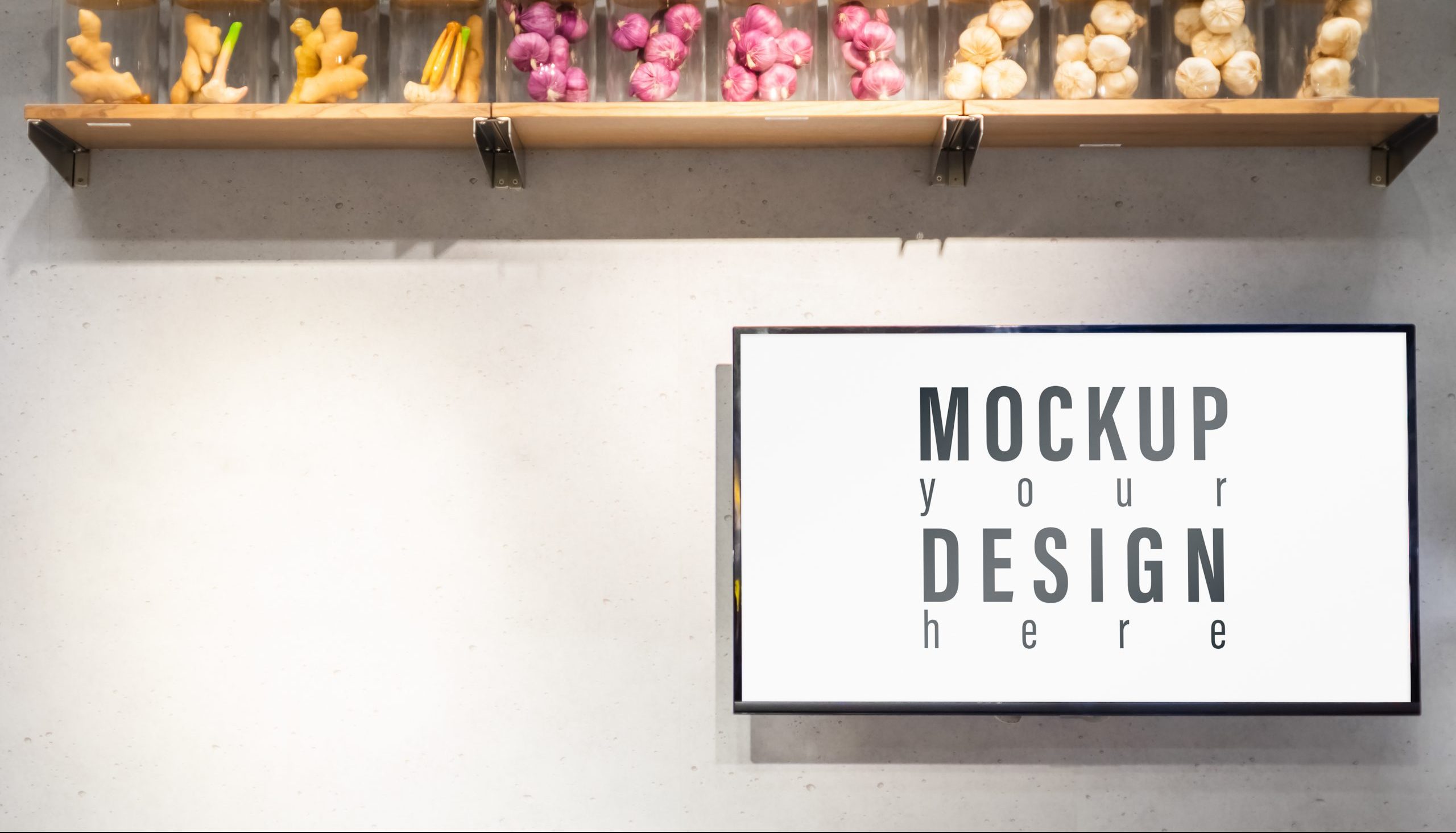Something that all sign installers do daily is mounting and hanging their signs. It is imperative to have a good, strong connection that’s straightforward but not too expensive. The end-customer usually has little interest in those details. However, it is well worth discussing this point thoroughly with your customer because you will prove yourself to be a more reliable and professional signmaker than your competitor. At the same time, you can protect yourself from future disagreements with your customer in case something goes wrong.
What if you decided to go “quick and easy” and use glue/kit to mount your signs, and suddenly the customer wants them replaced six months later even though they didn’t expect a change soon? Yes, you will destroy the wall, even if it’s just a little sign, which means repairs, paint, time, etc. Moreover, your customers often have rented offices. What if they move out? Who’s doing the repairs?
For large signage projects, time is often even more crucial, and in such cases, cheap (and not easily removable) solutions for sign mounting are unfortunately more likely to be chosen.
The surface is critical too. If it is about wall mounting, what kind of wall is it? Wooden, concrete, plaster, or do you have to deal with a glass surface? The same goes for ceilings. I clearly remember a case where a signmaker had to mount hundreds of suspended signs with screws, meaning lots of drilling and screwing, when it could have been done with a simple twister-clip or a magnetic solution.
The weakest element is always the final layer of the wall, which is usually the paint. In that case, gluing on the wall means something can go wrong with the adhesion strength between the paint and the wall. Since you are not responsible for the quality of the painted layer, it is not your problem, or is it? Trust me, when the sign falls off, your customer will call you and not the painter. Similarly, consider if you have to hang a heavy suspended sign to a weak ceiling. Will the cause of any possible “accident” be the fault of the ceiling or your work? I think your customer will probably point the finger at you.
So, how strong should the mounting be? Is it good enough to stay fixed, or does it need to be indestructible? I would always opt for a safe, stable, but well-removable solution. I don’t mean that it should be effortless to remove, but it definitely should be smart. For example, an invisible screw mechanical connection method that only the installer and the customer know how it functions, to remove the sign safely. In this way, you are also safeguarding the signs, ensuring that anyone unauthorized could not remove and damage them.
Here are my preferences on how to mount on a wall or a ceiling:
-
- For stone, concrete, and plaster surfaces, use plugs and screws.
- For wooden surfaces, use self-tapping screws.
- For doors and glass objects, use non-permanent tape.
- For suspended ceiling systems, use snap fasteners.
For me, kit based solutions are a big no-no. Screwing is my favorite, as it is the most durable solution, and it will result only in a small hole that you can easily repair when needed. When you choose quality sign systems and mounting solutions, it should not be time-consuming to fix. Go for solutions that require as little screws as possible and still offer stability and durability. They reduce installation and future-repair time in case a change is needed.




